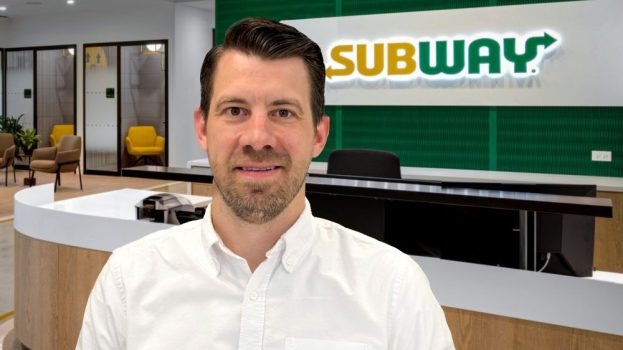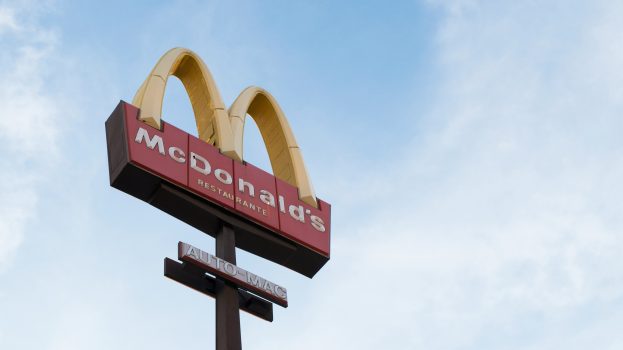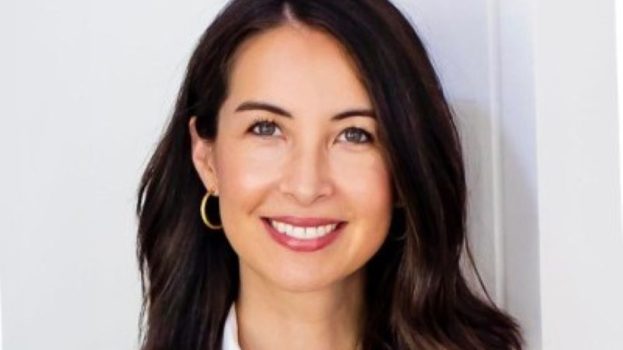Earlier this month, industry professionals across the agency spectrum shared their perspectives on the ways race shapes workplace dynamics, concluding that real change will not come solely through new D&I mandates and hiring policies, but through building a more inclusive organizational culture.
This week, strategy and Media in Canada spoke to marketing professionals about how those same dynamics play out on the client-side.
Those who participated in the latest virtual roundtable discussed the barriers found within the workplace and outside.
“Culturally, there are expectations that we bring from our families, who expected differently from us, because a creative outcome – not only advertising – is not seen as a career,” said Sabrina Babooram, community partnerships lead at Dairy Farmers of Ontario, speaking from personal experience. “When I talk about foundational [problems], getting down to the core and the grassroots of it, how do we start to reframe the industry and reframe what’s possible in creative fields so that we can inspire new Canadians coming in?”
It’s the reason Barry Alexander, senior director of marketing for sport and performance brands at Iovate Health Sciences, who has never worked alongside another Black marketer – and who noticed diversity dissipate after high school – said efforts to improve outcomes for marginalized talent must span the full-scope of education and mentorship.
Transforming company culture, especially within global cos with thousands of employees, will not be easy – and may not even be realistic – said Jennifer Harper, who left a career in sales and marketing to launch Cheekbone Beauty Cosmetics in 2016. Rather, she believes change is easier to bring to more nimble organizations, including her up-and-coming Indigenous cosmetics brand.
On the whole, the panelists agreed change is possible. But the D&I conversation must move beyond the important first step of hiring (and retaining) more diverse talent, for example, by creating environments in which employees feel fully capable of being themselves, said Danica Nelson, senior product marketing communications manager at Telus.
View the full roundtable below, along with some highlights from the discussion.
[iframe_vimeo video = “462467348”]
On what brands miss by not having BIPOC at the table
“The fact that there’s beauty in difference, the fact that everybody’s story is different – it adds a layer of richness and perspective and a lens, and I often liken it to light through a prism. The light is pretty bland until it hits the prism and then it gets fractured and becomes incredibly beautiful.” – Babooram
On how doing it right starts with asking the right questions
“If it’s too rushed when [agencies] are taking on a project, you can feel it… There’s a big difference between the agencies that really want to take your brand and be there for you and really help your brand grow, and it’s the type of questions they’re asking… the questions they’re asking me about Indigenous people [and] culture.” — Harper
On tackling talent challenges before they reach organizations
“What happens from a recruiting standpoint, access to opportunity, etc? That really needs to be a comprehensive exercise that goes beyond us doing the work in our respective companies and within the industry. What are those mentorship programs, what are those different programs and activities that can be placed that can help increase that representation, throughout the talent pipeline versus just at the organization in the present day?” – Alexander
On moving beyond more inclusive hiring policies
“[It’s about] focusing on fostering a culture where people feel like they can bring their whole selves to work… Oftentimes, Black, Indigenous, People of Colour really feel like we have to assimilate in order to be successful in these spaces. Creating a culture where people feel like they can be themselves, they don’t have to change it up during the day and be something different at night, and really battle with that cognitive dissonance, is really important.” – Nelson
























